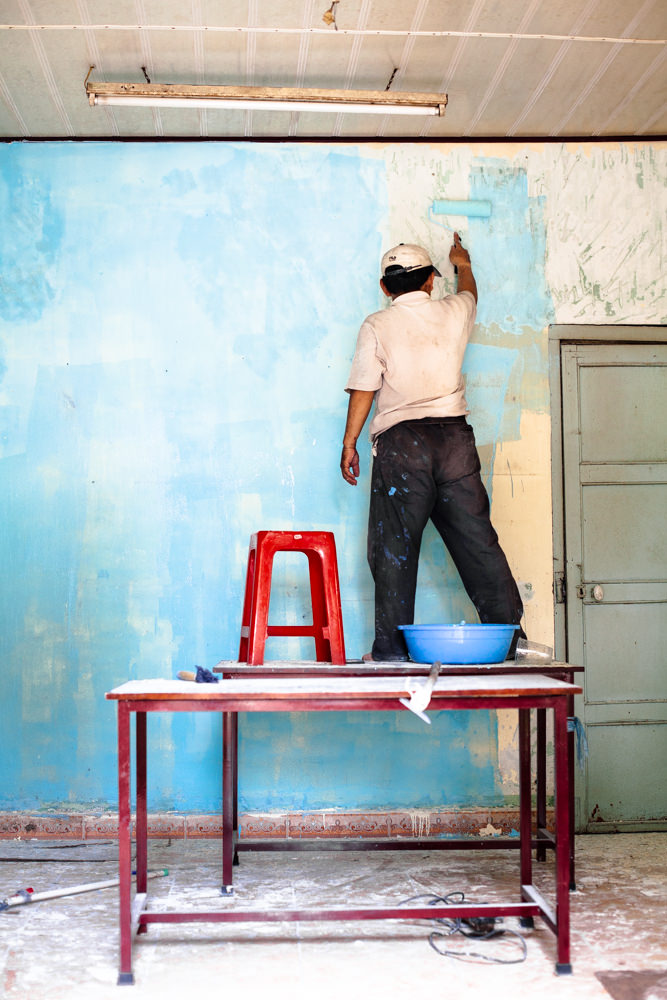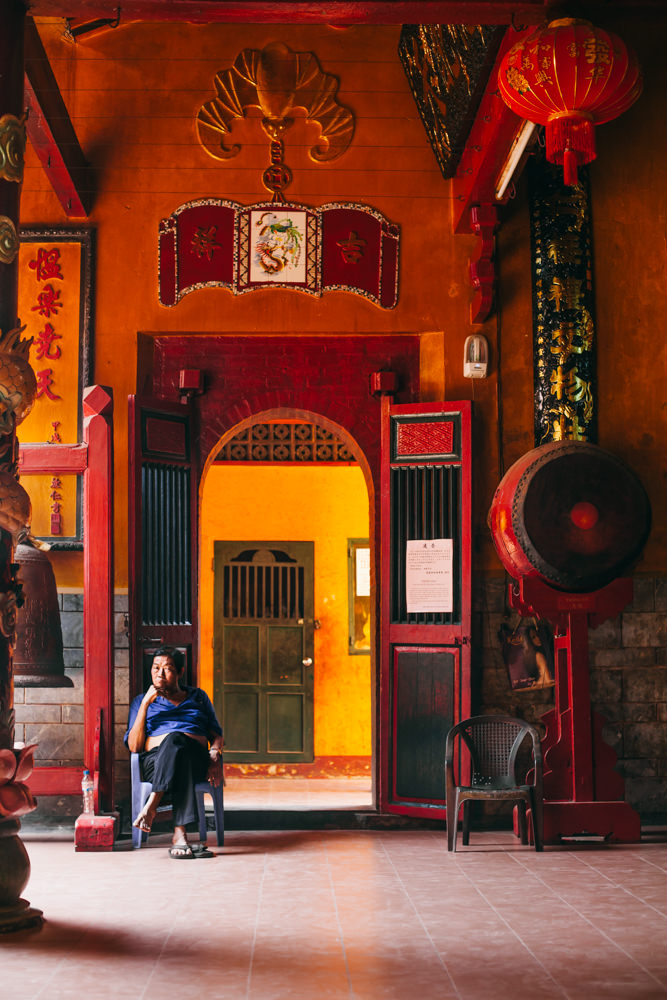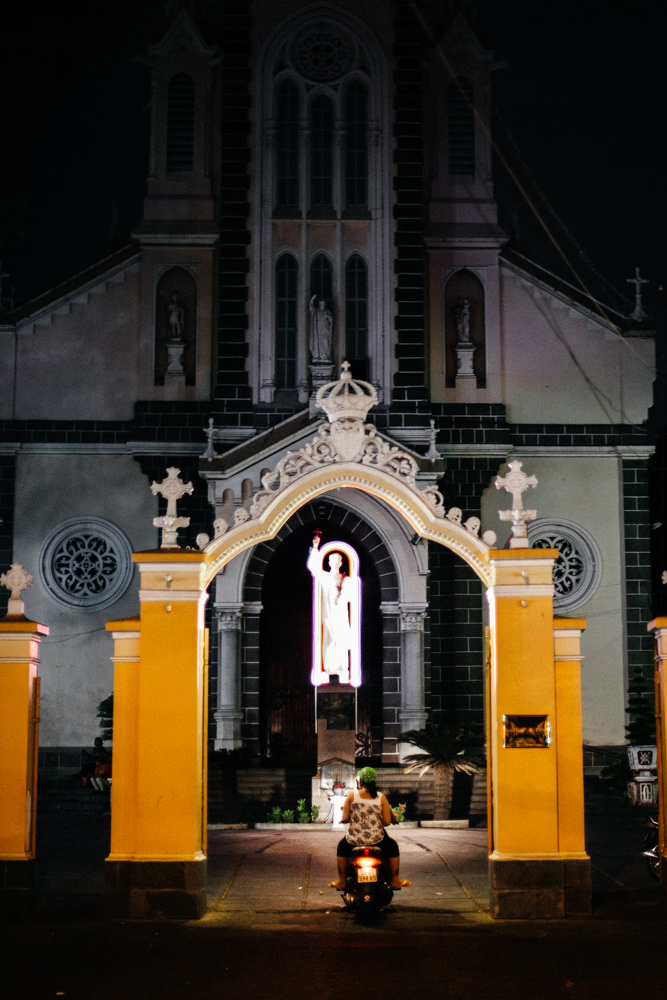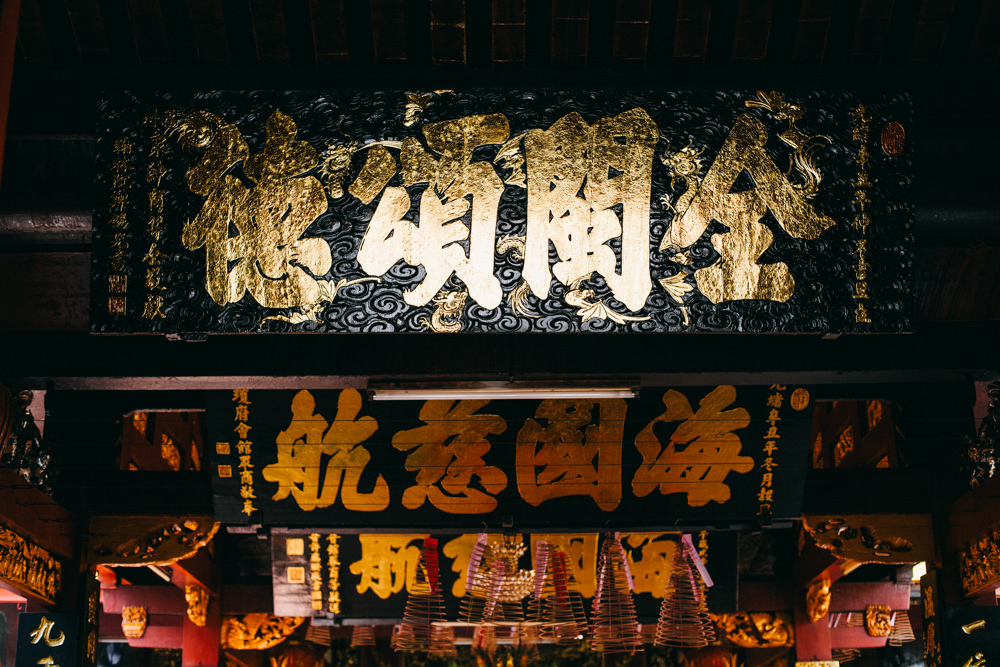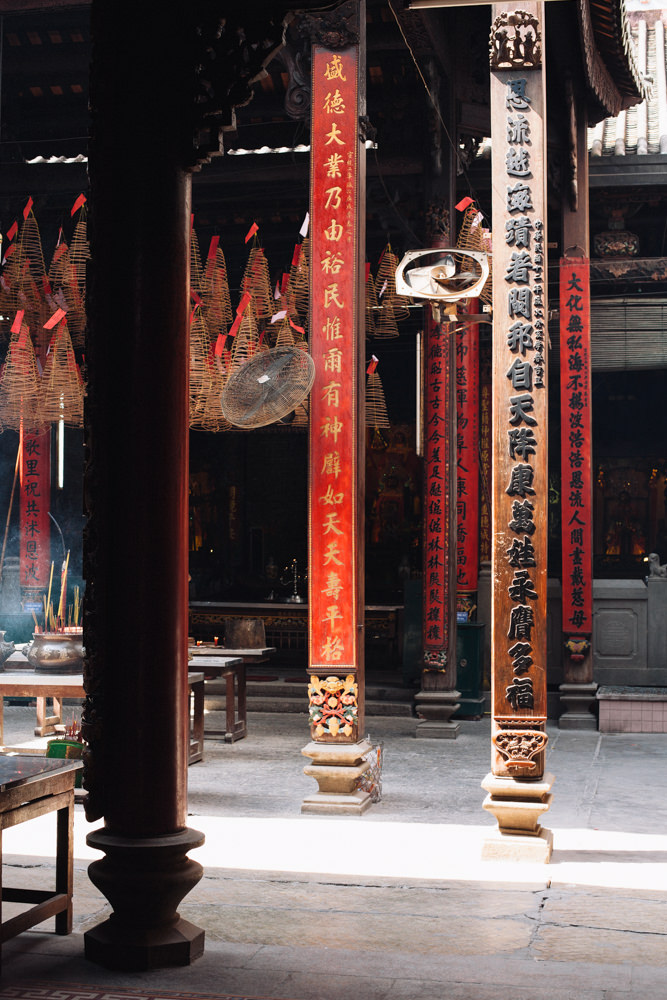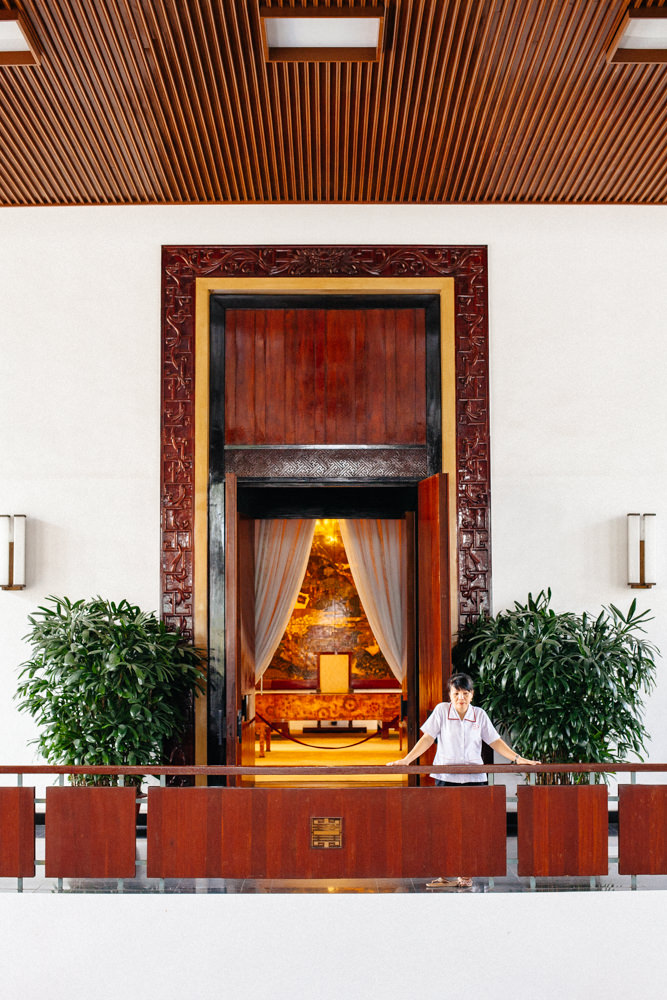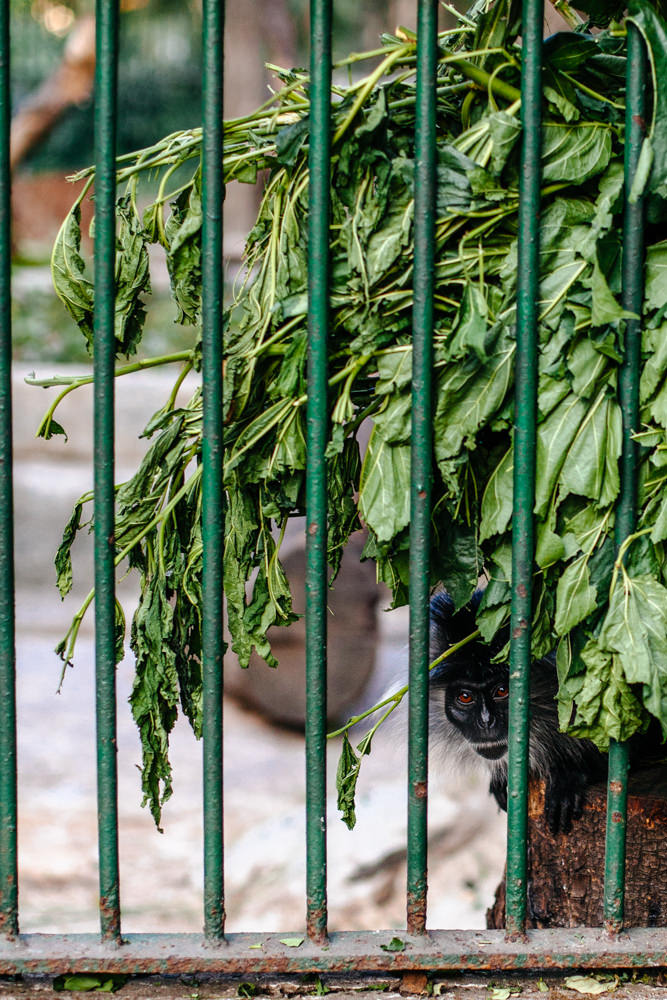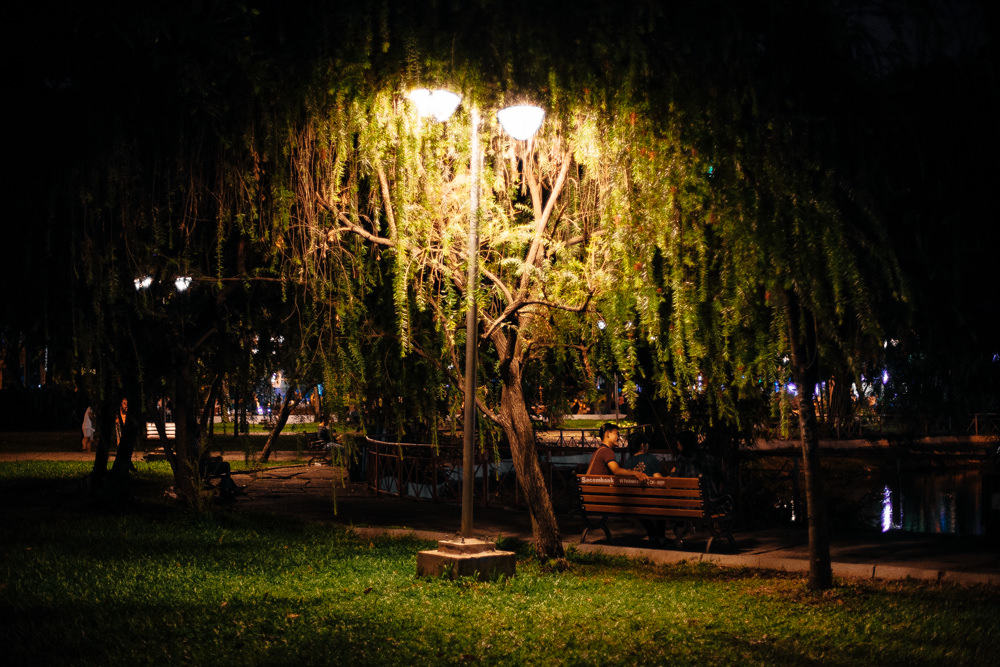The above is one of my favorite professional recordings of the Indonesian music known as Kroncong (also: Krontjong, Keroncong. For a truly worthwhile read, please follow this pdf link and read about the music's long and diverse history, a fascinating angle that I don't much address in this entry). It was also one of the first songs that exposed me to this music that has always felt both similar and foreign. While I now have other relations to the music, at first, it was simply Kroncong’s melodies and rhythms - its musical style - that drew me in.
I had long been familiar with Gamelan ("traditional" Indonesian ensemble music), and when I first heard the music known as Kroncong, I felt some of their pleasing similarities. While one style seemed to more closely resemble the saccharine and familiar melodies of western popular music (see 'Bengawan Solo' below, the most famous of all Kroncong songs), the audible likeness to Gamelan music seemed more pronounced in the Kroncong style known as Langgam or Langgam Jawa. In this form, the bass and kroncong (an instrument similar to the ukulele) seemed to mimic, in a more portable way, the sounds and rhythms of the massive gongs and percussion instruments in the huge Gamelan ensembles. Check 'Putri Gunung' above and 'Wuyung' below to listen to a few Langgam favorites from Andjar Any, Toeti HP and their Orkes Kroncong Bintang Nusantara.
While many hundreds of variations exist of 'Bengawan Solo,' a song originally written by Gesang, there was something about this recording and the singer's glances and voice that made this version stand out. The video also includes a variation of 'Jali Jali'. Below is another favorite, 'Wuyung.'
Both forms of Kroncong (there are others, as well) could indicate “somewhere else; somewhere new,” in a geographical way, but the “somewhere else” was, for me, almost entirely musical. The krongcong's use as a percussion instrument, the female singer’s emotional and fluid voice, the freely improvisational introductions of the violinist, the ample use of rubato - their forms felt different and hit me directly.
An old and rather beautiful shot of one variation of instrument combinations for a Kroncong band. For another well-researched essay on the history of Kroncong, please click here. While it can be difficult to follow, it's also oftentimes fascinating.
Some music challenges us and multiplies the wrinkles in our brain, changing the way we hear and listen. Other music has a certain, mostly undefinable, power to resonate with our heart's own strings. Kroncong did and does both to me. The style has not loosened its affect on me, an influence that I trust is as deep in its impression as it is colorful.
Admittedly, the music also has a referential power, as it brings me back to the time I spent in Java, Indonesia, when I first met Timbil. As it would turn out, he would bring me even closer to the music. So let me, in an abbreviated fashion, extend that privilege to you.
I met Timbil Budiarto in Indonesia in 2014. Gintani Swastika, a curator and member of the Ace House Collective, introduced me to him at LifePatch, both of these organizations important and unique cooperative groups in Jogja, located centrally in the island of Java. At the time, we had an amiable conversation, enough to remember his face. Then, about two months ago, at an art performance in the hills of south Taipei, I was pleasantly shocked when I randomly recognized his face in a crowd. We reconnected for a bit and, over the remaining month that he was in Taipei, had the opportunity to spend time together and have a few substantial conversations.
In one of those conversations, when I mentioned my near-obsession with the Indonesian style of music known as Keroncong, he quickly replied, "My mom's a Keroncong singer." Hearing this, my heart jumped. Even better, he said he had brought recordings of her performing with her friends.
When he saw the extreme excitement on my face, I think he felt it was necessary to add, "She's not a professional singer." Certainly this was no problem, and in some ways it was more encouraging. The non-professional (or, more accurately, when players "play for fun" as opposed to aspiring professionals who have not yet reached the professional stage) seems to be very much in touch with what I think of as music and its foundation: a way to sonically celebrate and enjoy life, and create harmonies with other things and people. The professional and their output is ever-well documented, transmitted and available for purchase. The non-professionals, I fear, dwindle in number. So, too, do their ensembles, sing-alongs, and choirs as more and more of us only consume music, instead of take part in it. The professional trades their time for someone else's money. The non-professional trades their time for time. Certainly there's something to this, and I believe it can be felt when playing "for fun." Although, when Timbil mentioned his disclaimer, my response was an abridged, "not a problem at all, I want to hear the recordings!"
A week or so passed before I invited him over to my home with a number of other friends. After casually drinking, snacking and lounging around, he told me that he had brought his hard drive that included some of his mother, Sumini Soerapto, and her friends' Kroncong performances. Eagerly and without hesitation, I brought Ruei and Timbil into my studio. After copying the folder containing the media onto my computer, I loaded one video.
As we watched the home video, it was hard for me not to get emotional. It was difficult not only because of the intervals, scales and the melodic rhythms of the musical style that, before, had already had an extremely inebriating effect on me; it was also hard because I was considering and feeling the strange intersections of that moment. Watching the same video together at the same time, Ruei, Timbil and I were certainly affected in entirely different ways. Physically and musically together, we were also consciously isolated. Timbil, of course, was affected in a very personal and direct way; as he watched, he pointed out his mother and his father. Also, when certain musicians' faces came into focus, he would softly add, "he's now gone," "so is he," amplifying the enigmatic power of documentation - something gone is still, in a lesser form, here.
It was a privilege to share what seemed so personal. The different sounds and images produced many different intersections in the short time we watched together. There were dissonances and harmonies, the krong krong of the kroncong instrument (this is where Krongcong gets its name from), and leisurely breaks between songs. Sometimes they were performing under a small roof outside during the day, breathing the fresh air as they performed with their feet to the ground, having removed their shoes when they stepped onto their stage. There they laughed together, played, stopped, started and, at times, looked directly into the camera. And we, the viewers, looked back.
***********************************************************************
These videos will have different affects on you as they had on me.
Or Ruei.
Or of course, Timbil
(much less his mother),
but I feel very happy to be able to share this with you and I have to thank Timbil Budiarto and his mother, Sumini Soeprapto, for allowing me to do so.
His mother shared her voice with her fellow musicians;
They recorded it and shared it with her son;
her son shared it with his new friend,
and his new friend now shares it with you.
While the music doesn't start until around 0:40, I highly recommend you watch from the beginning to get a sense of the surroundings. Along with any of these videos, if you'd like to see them larger, just click on the link on the top edge of the video and watch it full-size at youtube.
I took the liberty to post a snippet of the first take of this song. The singer's focus and the movement of her eyes and hands seem to synchronize so comfortably with the music. Her reaction to missing her queue towards the end is fun to see in a "I know exactly how that feels" kind of way. Her recovery into the perfect take 2 is in its complete form below.
This is Timbil's mother, Sumini Soeprapto, and my favorite recording of these performances. Her voice is incredibly affecting for me and the rhythms of her ensemble mates at 2:48 that lead into the changes at 3:50 are so comfortably driving. It's the intervals like those of this song, (as well as 'Putri Gunung,' and 'Wuyung' above) that are the most gripping and moving I've encountered in Kroncong. Watch this video to the end.
Extras,
for those who still want more:




